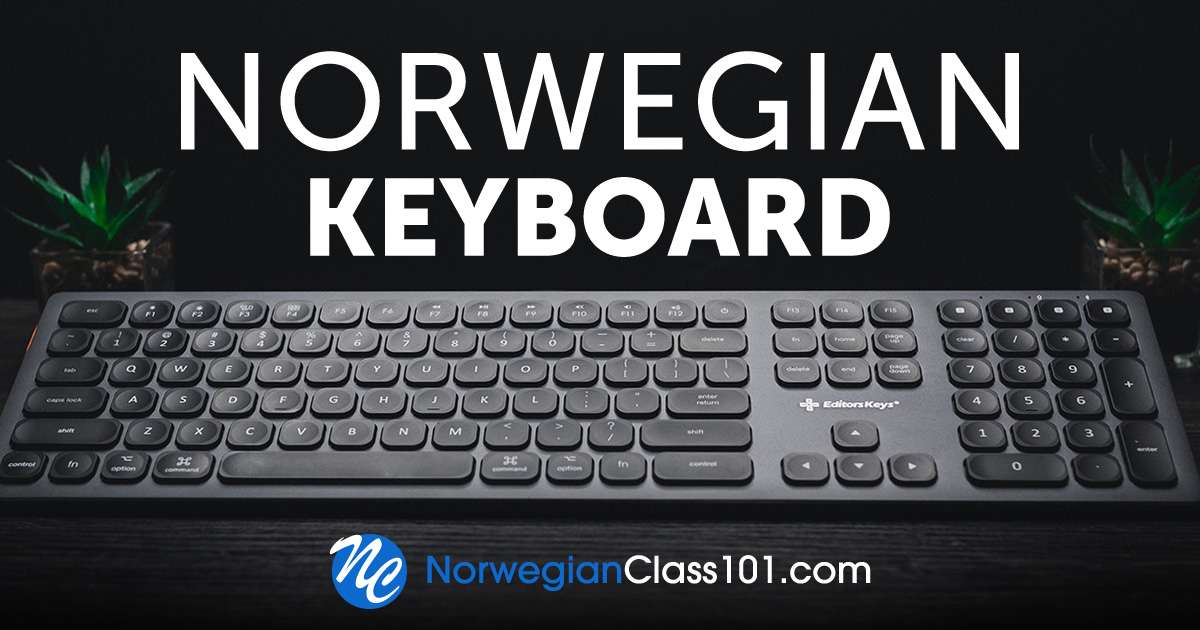Archive for the 'Living in Norway' Category
July 31, 2020
Hva er klokka? – Learn Norwegian Time-Telling
Being able to tell time is an important part of learning a new language. It helps you both when conversing with others as well as when planning events, meetings, or other activities. On top of this, it also gives you a great opportunity to use your prior knowledge of numbers and simple sentence structure.
Are you often late? If you are, make sure you’re on time in Norway! Being on time in Norwegian culture is important. Arriving late is considered rude, and in Norway, it’s important to respect each other’s time. If you arrive late, without notice, it will seem like you don’t respect them or their time. Keep in mind that if a specific time isn’t set, for example "around eight," Norwegians generally don’t care when you arrive. That is,... Show more
July 17, 2020
Essential Vocabulary for Directions in Norwegian
Do you know your left from your right in Norwegian? Asking for directions can mean the difference between a heavenly day on the beach and a horrible day on your feet, hot and bothered and wondering how to even get back to the hotel. Believe me - I know! On my earlier travels, I didn’t even know simple terms like ‘go straight ahead’ or ‘go west,’ and I was always too shy to ask locals for directions. It wasn’t my ego, but rather the language barrier that held me back. I've ended up in some pretty dodgy situations for my lack of directional word skills.
This never needs to happen! When traveling in , you should step out in confidence, ready to work your Norwegian magic and have a full day of exploring. It’s about knowing a few basic... Show more
April 10, 2020
Essential Vocabulary for Life Events in Norwegian
What is the most defining moment you will face this year? From memories that you immortalize in a million photographs, to days you never wish to remember, one thing's for certain: big life events change you. The great poet, Bukowski, said, "We are here to laugh at the odds and live our lives so well, that death will tremble to take us." The older I get, the more I agree with him!
Talking about significant events in our lives is part of every person's journey, regardless of creed or culture. If you're planning to stay in for more than a quick visit, you're sure to need at least a few 'life events' phrases that you can use. After all, many of these are shared experiences, and it's generally expected that we will show up with good manners... Show more
March 30, 2020
Talk About the Weather in Norwegian Like a Native
Did you know that every minute of the day, one billion tons of rain falls on the earth? Hard to believe, considering the climate crisis! Of course, all that rain is not equally shared across the planet.
So, would you mention this fascinating fact to your new acquaintance? Well, small talk about local weather is actually a great conversation-starter. Everyone cares about the weather and you’re sure to hear a few interesting opinions! Seasons can be quite unpredictable these days and nobody knows the peculiarities of a region better than the locals.
NorwegianClass101 will equip you with all the weather vocabulary you need to plan your next adventure. The weather can even be an important discussion that influences your adventure plans.... Show more









